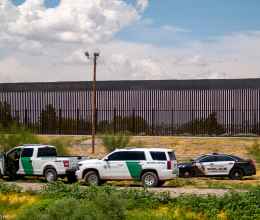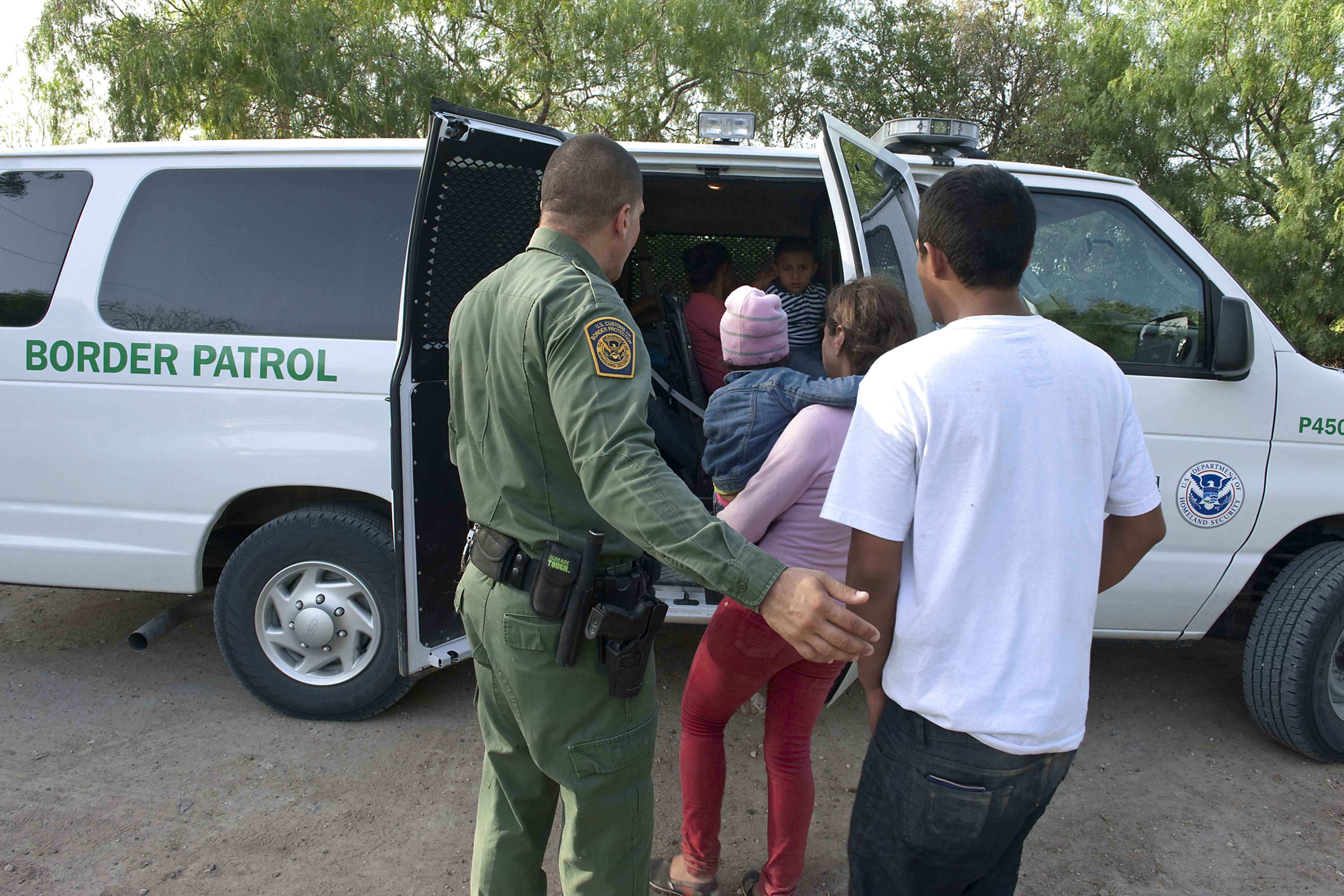
We Need Meaningful Immigration Reform, Not Just Theatrics
We don’t have a criminal problem at the border Since the beginning of this humanitarian crisis, elected and law-enforcement officials in the Rio Grande Valley have observed no increase in crime. These are children who are running into the arms of the Border Patrol agents. They aren’t sneaking in. They aren’t resisting arrest. They have come to escape the violence and crime in their own countries. Our border is secure Our border communities already face the most militarized zone in the nation, with 3,000 Border Patrol agents in the Rio Grande Valley. The border region does not need more law enforcement agents sent to the area nor does it need the Texas National Guard, whose role is especially unclear. Neither the state Department of Public Safety nor the National Guard has any authority to enforce immigration law. Increasing, yet again, the number of law enforcement personnel patrolling our border communities only escalates the potential for violating border residents’ constitutional rights and reducing the quality of life for everyone at the border. We need to get our priorities straight There are only two kinds of additional boots on the ground needed in the Valley: humanitarian agencies like the Red Cross and more administrative and judicial personnel to screen these immigrants to determine whether they warrant consideration for asylum or refugee status or for U or T visas. Their welfare should be our top priority. What does “securing the border” look like? How you measure success matters. In most of our businesses, we set goals and establish metrics to determine success. The state should do no less. To secure the border, our nation needs legal programs that respect family reunification and more clearly hew to labor demands, among a number of other changes. If you want real change, if you truly want to secure the border, and not just engage in theatrics, then urge Gov. Perry to send needed aid to the border, not more law enforcement.
Related Issues
Related content

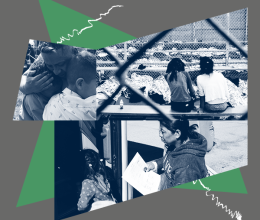
ICE: Stop Terrorizing Children
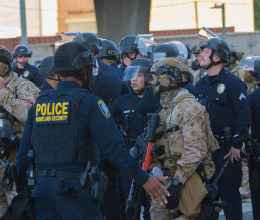
How Expanded 287(g) Program Turns Local Police Into Deportation Agents
September 10, 2025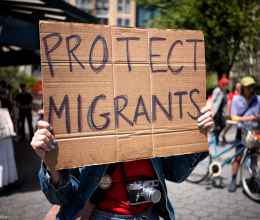
New Detention Camp at Fort Bliss Marks Dangerous Expansion of...
August 18, 2025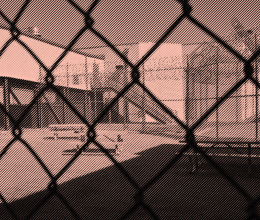
ACLU of Texas, ACLU Statement on Trump Administration’s Use of Fort...
August 15, 2025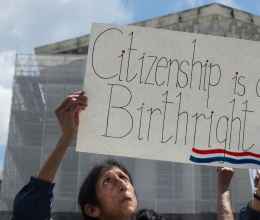
Trump's Birthright Citizenship Executive Order: What Happens Next
August 6, 2025
Rümeysa Öztürk On How We Can All Support Immigrants
July 17, 2025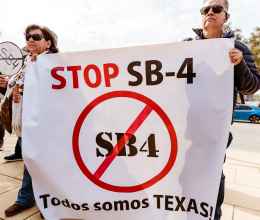
Federal Appeals Court Denies Texas’ Request to Allow Extreme Anti...
July 7, 2025